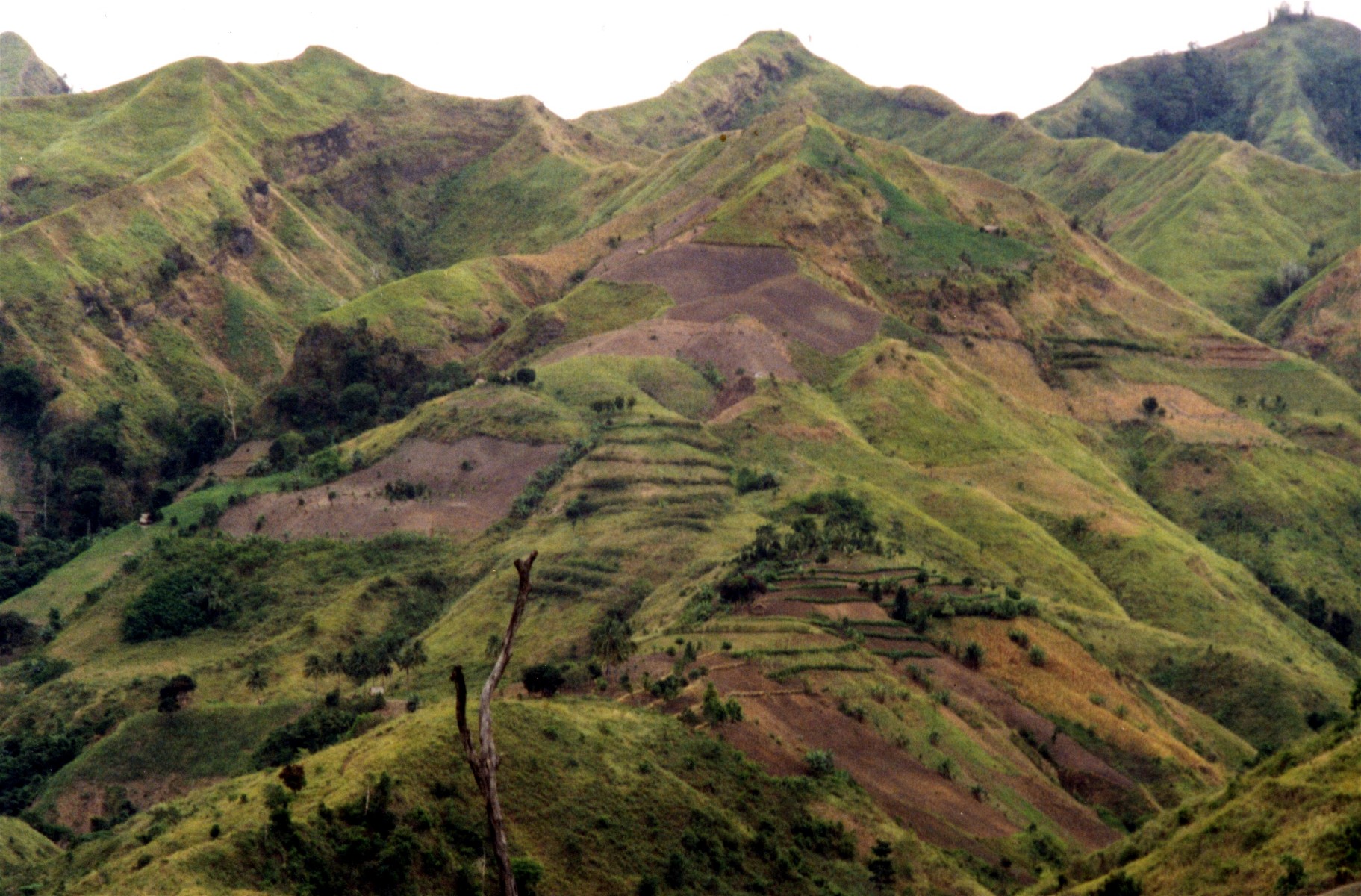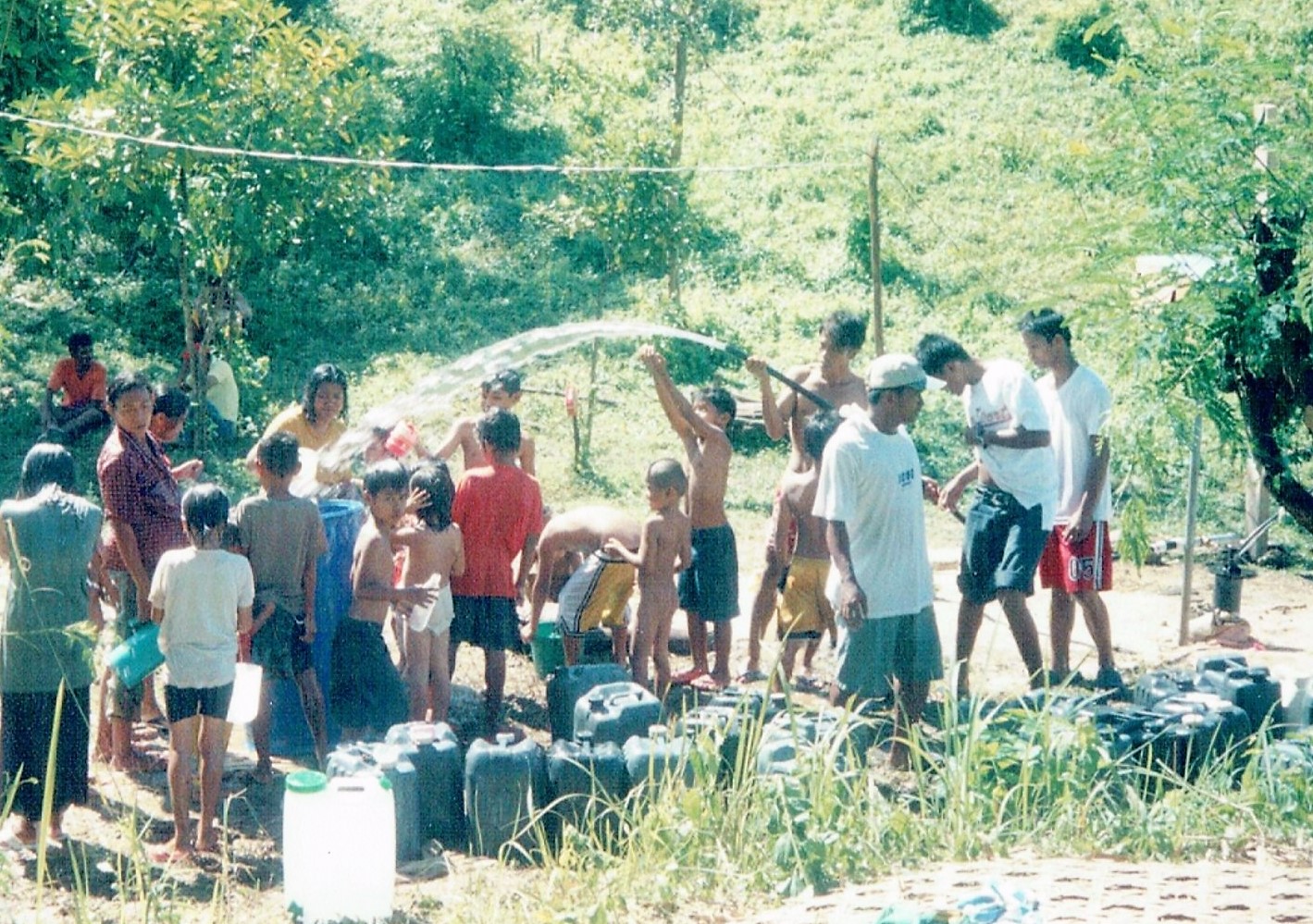Text and Photos by Henrylito D. Tacio
What has been lost can never be restored, but what remains can still be saved, managed, and enhanced. Such is the case of the watershed, defined as an area of land that drains all the streams and rainfall to a common outlet.
This is perhaps the reason why the non-government organization Interfacing Development Interventions for Sustainability Inc. (IDIS) urged the Davao regional office of the Department of Environment and Natural Resources (DENR) to review the Watershed Code before issuing permits to cut trees.
It must be recalled that on August 18, 2021, a Private Land Timber Permit (PLTP) was issued to Ling-Ling Wu Lee, who, according to some reports, will cut 121 native trees – 22 agoho, four bagtikan, 14 lauaan, 44 tanguile, and 35 ulian – in Mounts Macabol-Alikoson Conservation Area (MMACA). The Watershed Code of Davao City has classified it as an “environmentally critical area.”
What was more alarming is that the area – which is located in sitio Falcata, Macabol, barangay Salaysay in Marilog District – is a reported nesting site of the endangered Philippine eagle.
When the DENR-Davao learned all these, it made a suspension order to the issued PLTP. “(We remain) committed to render public service with utmost quality and integrity and shall always consider the welfare of the general public to be balanced with our wildlife conservation measures especially the Philippine eagles and the forest ecosystem functions as a whole,” said Bagani Fidel Evasco, DENR regional director.
“The office,” he added, “is also committed to implementing its mandate and priority programs guided by laws, rules, and regulations.”
In order not to repeat the same incident to happen, MindaNews quoted a statement issued by IDIS executive director Atty. Mark Peñalver stated that the Watershed Management Council “passed a resolution last February 4 urging DENR-Davao to consider the Watershed Code before allowing cutting activities within the watershed areas.”
In addition to the WMC resolution, Peñalver said, “the Local Zoning Review Committee (LZRC) passed Resolution No. 7 last February 16 requesting the City Council of Davao to require the DENR to secure zoning compatibility certification for all tree cutting permit applications in the city.”
The cutting of trees growing in watershed areas will definitely affect the water volume from aquifers. “We cannot talk of providing sustainable water to the people unless we protect the sources of the commodity – the watersheds,” said Elisea Gozun, the former environment secretary.
“A watershed needs trees in order to absorb rainwater when it channels into streams, rivers and eventually dams where human communities source fresh water,” Rappler’s Pia Ranada wrote.
“A typical tree breathes out 250 to 400 gallons of water per day through its leaves, humidifying the air,” Ranada explained. “This process, called evapotranspiration, is responsible for most of the rain that falls inland, far from oceans. Thus, without trees, there is no rain and it is rain that supplies much of the freshwater humans need to live.”
Dr. Patrick Durst, former regional forestry officer of the UN Food and Agriculture Organization (FAO), said the main benefit trees provide is helping to intercept precipitation and facilitate its infiltration into the soil and groundwater storage areas.


The trees in the watershed areas also help reduce erosion of soil by “breaking the fall” (that is, the impact) of rainfall that might otherwise dislodge soil particles upon harsh impact, Durst added.
“Trees, through their leaves and branches, intercept rainfall,” the former FAO official explained. “But more importantly, healthy forests’ ground cover – organic litter, twigs, small plants and fallen leaves, among others – help trap water and hold it until it has an opportunity to soak into the ground soil.”
In addition, roots – whether alive or decaying – provide additional pore space above that of normal soil texture for water to infiltrate into the ground. “This is the reason why local springs and streams maintain a healthy flow when surrounded by protected micro-watersheds,” Durst pointed out.
Father Pedro Walpole of the Environment Science for Social Change, Inc., said that in a watershed, there is the interrelation of many resources. “There are (also) ecological services that a watershed provides such as delivery of water as part of the water cycle, stable land-water dynamics, nutrient cycles, and a diversity of life forms,” he explained.
As such, “watershed management is not just a matter of managing water but of managing the land that delivers the water and coordinating the people in that management,” Fr. Walpole urged.
It’s just a matter of time until the country will experience a water crisis as its watersheds continue to be destroyed. “A watershed is a watershed is a watershed,” said the late Paz L. Lopez when she was the DENR head.
“Many of our watersheds have been denuded,” commented Leila C. America, another science research specialist of the Department of Science and Technology (DOST). “As a result, accelerated soil erosion, flash flooding, and drought have become more prevalent causing much destruction.”
Watersheds constitute about 75% of the total land of 30 million hectares. The Philippines has a total of 110 proclaimed and 154 priority watersheds with a total land area of 1,376,455.10 hectares and 11,690,695 hectares, respectively.
“Watersheds provide vital resources, which include soil, water, forest range, wildlife, and minerals,” America noted. “Water is a key watershed resource that can be used for power generation, agriculture, industry, domestic, drinking and others.”
A DENR report said that 90% of the 99 watershed areas in the country are “hydrologically critical” due to their degraded physical condition.
Massive destruction of the once-productive forested watersheds by illegal loggers and uncontrolled land use from mining, overgrazing, agricultural expansion, and industrial utilization have contributed to water depletion.
Davao was one of the cities that was identified as one of the nine major cities as “water critical areas” in a study done by the Japan International Cooperation Agency (JICA). The eight others were Metro Manila, Metro Cebu, Davao, Baguio, Angeles, Bacolod, Iloilo, Cagayan de Oro and Zamboanga.
“The rapid urbanization of the Philippines, with more than 2 million being added to the urban population annually, is having a major impact on water resources,” notes the Asian Development Bank (ADB) in its Asian Water Development Outlook some years back.
In Davao City, contributing to the forthcoming water crisis is the destruction of the watersheds. There are eight of them, including the Talomo-Lipadas watershed located in Toril District. “These watersheds are natural reservoirs for the pristine potable water that has been certified as one of the world’s cleanest drinking waters,” IDIS says.

